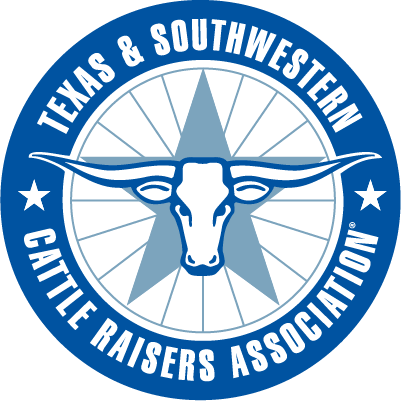- Movement records are due to the TAHC within 48 hours of movement.
- All test results accompanied with a test submission are due to the TAHC within 30 days of receiving the test results.
- Mortality and Inventory records must be submitted on or before April 1 of each year.
-
- For Exotic CWD Susceptible Species Forms, [CLICK HERE]
- For Frequently Asked Questions, [CLICK HERE]
- For more about LIDs and PINs, [CLICK HERE]
- For a list of certified CWD postmortem sample collectors, [CLICK HERE]
- Learn how to get certified for CWD postmortem sample collection, [CLICK HERE]
- Learn about native cervid species at Texas Parks & Wildlife’s website, [CLICK HERE]
Source: TAHC
